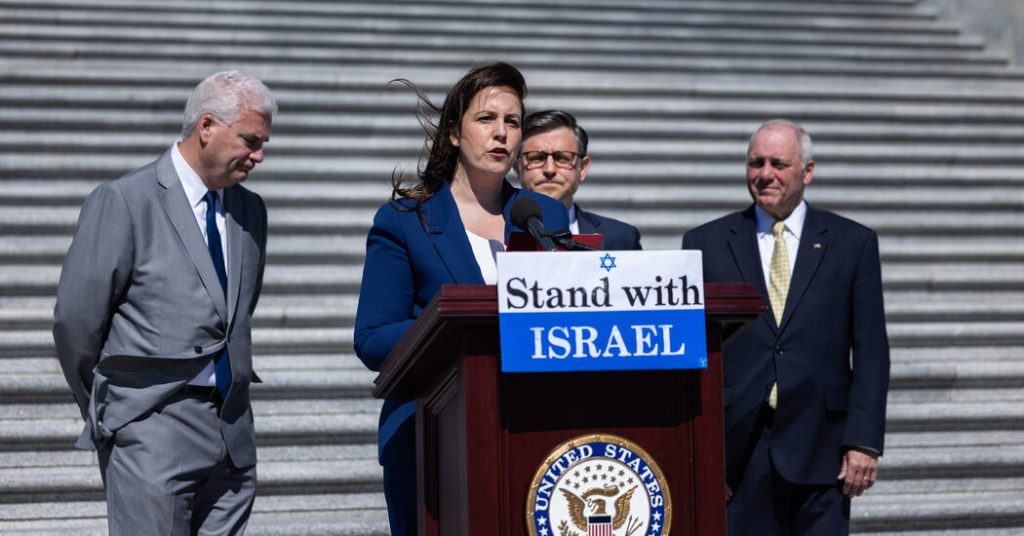Last week, the northern town of Jabaliya in the Gaza Strip experienced renewed bombardment from the Israeli military, causing fear and panic among residents who had already suffered from previous attacks earlier in the war. Tens of thousands of people living in Jabaliya received leaflets ordering them to leave as the Israeli military prepared to launch a new offensive. The residents, including young medical volunteer Iman Abu Jalhum and her family, fled their home under bombardment, with her father struggling to walk and eventually finding a donkey cart to escape to safety. Israel claimed it had renewed the offensive due to Hamas attempting to reassemble its infrastructure in the area, while Hamas accused Israel of escalating aggression against civilians.
During the renewed offensive in Jabaliya, at least 15 civilians were killed and 30 wounded in Israeli airstrikes, according to the Palestinian Authority’s news agency, Wafa. The area became inaccessible to ambulance and emergency crews, making it difficult to rescue the injured and retrieve bodies. The Israeli military reported engaging and eliminating Hamas fighters in Jabaliya, while Hamas claimed that its fighters destroyed an Israeli tank south of the town. As a result, at least 64,000 people were displaced from Jabaliya and a neighboring town, seeking shelter in safer locations a few miles south in bombed-out buildings, where the smell of death lingers in the air.
Iman Abu Jalhum and her family are among those displaced, longing to return home but facing ongoing danger and uncertainty in Jabaliya. Despite attempting to check on her home, she was forced to turn back due to explosions hitting close by. This fear and exhaustion have become a constant reality for her family, who have had to flee multiple times during the seven-month war. The current offensive is more intense and expansive, leaving them desiring peace and the ability to return home. The ongoing conflict has taken a heavy toll on civilians in Jabaliya, with the constant threat of danger and the inability to access basic necessities or medical care.
The situation in Jabaliya reflects the broader impact of the conflict between Israel and Hamas on Palestinian civilians, who have faced repeated violence and displacement in the densely populated Gaza Strip. The Israeli military’s airstrikes and ground operations have caused widespread destruction and loss of life, while Hamas’s continued rocket attacks have led to retaliatory measures and further civilian suffering. The cycle of violence and retaliation has created a humanitarian crisis in Gaza, with limited access to essential services and resources for the displaced population.
Despite international calls for a ceasefire and efforts to negotiate a peace agreement, the violence and instability in Gaza persist, leaving civilians like Iman Abu Jalhum and her family trapped in a cycle of fear and displacement. The lack of a long-term solution to the conflict and the ongoing political tensions between Israel and Hamas continue to fuel the cycle of violence and destruction, with innocent civilians paying the heaviest price. As the situation in Jabaliya and across Gaza remains volatile and uncertain, the urgent need for a sustainable peace agreement and humanitarian assistance for the civilian population is clear, in order to prevent further loss of life and alleviate the suffering of those caught in the crossfire of conflict.


